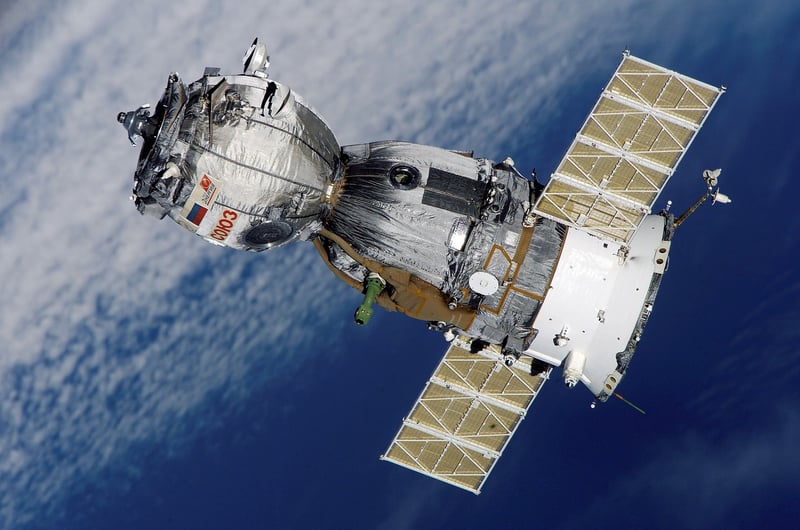Cosmic Rays
Staying Safe in Space: Protecting Against Cosmic Rays
Space, with its vast expanse and mysterious wonders, presents many challenges to human exploration. One of the invisible dangers lurking in the cosmos is cosmic rays. These high-energy particles, originating from sources like supernovae and black holes, can pose serious risks to astronauts traveling beyond Earth's protective atmosphere. Here's what you need to know to stay safe in space and shield yourself from the harmful effects of cosmic rays.
Understanding Cosmic Rays
Cosmic rays are composed of high-energy protons, electrons, and atomic nuclei that travel at nearly the speed of light. When these particles collide with spacecraft or the human body, they can cause damage to cells and DNA, increasing the risk of cancer, cardiovascular problems, and other health issues. Shielding against cosmic rays is crucial for long-duration space missions, such as those to Mars or beyond.
Protective Measures
Space agencies and researchers are actively developing technologies to mitigate the effects of cosmic rays on astronauts. Some key protective measures include:
- Shielding: Designing spacecraft with thick shields made of materials like lead or polyethylene to absorb and deflect cosmic rays.
- Storm Shelters: Creating designated safe zones within spacecraft where astronauts can seek refuge during intense cosmic ray events, such as solar particle storms.
- Monitoring: Regularly monitoring cosmic ray levels inside spacecraft to assess risks and take necessary precautions.
Future Solutions
As we look to the future of space exploration, scientists are exploring innovative solutions to protect astronauts from cosmic rays. From advanced shielding materials to magnetic fields that can deflect charged particles, ongoing research aims to ensure the safety and well-being of humans venturing into deep space.
Conclusion
While cosmic rays present a formidable challenge to human space exploration, with continued research and technological advancements, we can overcome these obstacles and pave the way for future missions to the far reaches of our universe. By understanding the risks and implementing effective protective measures, astronauts can stay safe in space and unlock the mysteries of the cosmos.

Remember, the cosmos is vast and full of wonders, but with preparation and vigilance, we can journey into space safely and boldly.
